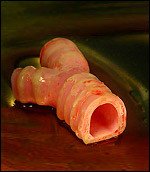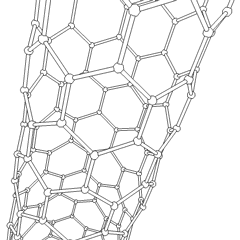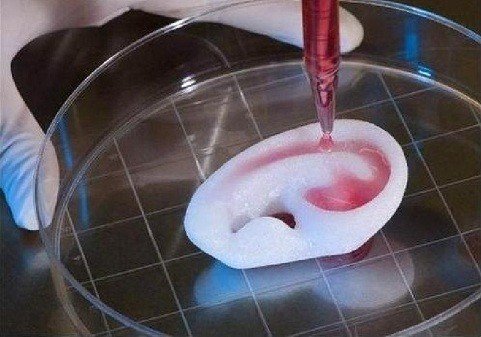Emergence Of Tissue Engineering: The World Of Biological Substitutes
We have all heard of cellular engineering, at least most people. But this has gone a little beyond that to the process of creating a whole tissue, or even an organ in the lab. Science is getting better by the day.
Tissue engineering is actually a complex field that combines knowledge from genetic engineering, cellular engineering, and biochemical science, with a little of hybridoma technology (I know these terms could sound "greek" to the uninitiated).
Citations of some successfully engineered tissues/organs
Before I continue, I’ll like to state examples of some trails that have been blazed in the field of tissue engineering.
- Lab-cultured edible meat: I’ve made a post on this (you can get it here). And yes, culturing of meat in the lab is a practical application of tissue engineering.
- Bio-artificial windpipe: This was actually the first successful application of this tech. A windpipe (trachea) was grown in the lab (from scratch, using stem cells) which was used to replace the damaged windpipe of a patient. Isn’t that fascinating?

- Bio-synthetic liver: Before now, one of the solutions to acute liver damage was liver transplant. And most times, a healthy individual can donate part of the liver (One lobe), and the other divided part will grow up again overtime. All these have really been changed with the emergence of this tech. Liver has been successfully grown in the lab. Thanks to tissue engineering.
- Synthetic pancreas: Islet cells will be incorporated in this to act as a regulator for insulin. This is in the case of acute diabetes.
- Knee cartilage: Yes you read right. Cartilages are now grown in the lab.
- Bones.
- Skin.
The list is vast; this is just to mention a few
Mechanism of activities
There are quite some vital aspects of this tech that must be put in place for the engineering of tissue/organ in the lab to be a success.
- Cells: This is actually the building block of the whole engineering process. The cells are usually harvested from blood using mainly the centrifugation process. Apart from this, embryonic cells are also used, even Xenogenic cells.
- Biological Scaffold: The cultured tissue must definitely assume a certain shape so as to function in full capacity as the natural organ. This is the work of the 3D Biological Scaffold; to give shape to the cultured tissue (if not, a culture liver could end up looking like a piece of cut meat from the laps of a female cattle. Humorous though)

- Bio-reactor: This is a device that simulates the natural environment to enhance the growth of cells. This is where the tissue is grown.
Future applications of tissue technology
With the advances in this tech, in the nearest future, very complex organs could be grown in the lab. Organs like a fully functional brain and spinal cord. Does that sound impossible to you? Well, that’s the nature of science and technology.
Thanks for reading
Image sources: Img1, Img2, Img3
References for further reading: Ref1, Ref2, Ref3, Ref4



You always write on fascinating topics. Keep this up. Thanks
Thanks a lot
The sky really is the limit. Immortality is just somewhere in the horizon
You're absolutely correct
I like the sound of this
Developing a full functional artificial brain would be one of the greatest achievment of science
Science and Tech can only get better
Functional neuronal cells have already been cultured and differentiated into various types, 3D organoids of cerebral structures are currently being developed and tested with therapeutic agents. It wont be long (10-20 years) before we might be able to develop full functional brain structures to study neurological diseases. :) Stem cell engineering will become an even more amazing and diversified technology in the future of medicine and medical research.
Functional neuronal cells have already been cultured and differentiated into various types, 3D organoids of cerebral structures are currently being developed and tested with therapeutic agents. It wont be long (10-20 years) before we might be able to develop full functional brain structures to study neurological diseases. :) Stem cell engineering will become an even more amazing and diversified technology in the future of medicine and medical research.